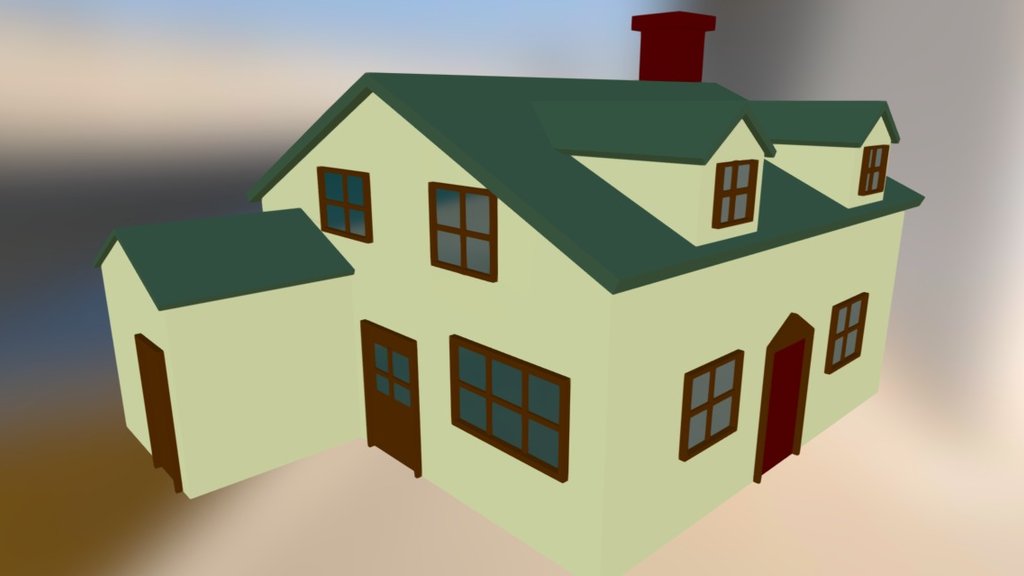Table Of Content

Also shown is the basement floorplan which contains the washer, dryer and a bar that Peter built. Though you may find this home quite normal looking -- the family living in it is far from it. The family was conceived by MacFarlane after he developed two animated films, The Life of Larry and Larry & Steve.
Life With Louie
Despite their best efforts of them to claim back the bar, the Brits had convinced them to leave. The Clam was rebuilt by Horace, Peter and the gang and began running again. The episode reveals that Peter has been going to the Clam since at least 1977. The Drunken Clam is also known as the location in which any of the group's schemes and adventures are hatched or take place.
Fox Sets Fall 2020 Premiere Dates for ‘The Simpsons,’ ‘Bob’s Burgers’ & More
Peter Griffin Goes Road House in Bosslogic's Family Guy Crossover Art - imdb
Peter Griffin Goes Road House in Bosslogic's Family Guy Crossover Art.
Posted: Mon, 29 Jan 2024 08:00:00 GMT [source]
And in multiple episodes including "Peter, Peter, Caviar Eater" and "A Fish out of Water", Peter sells or temporarily looses control of the deed to the house. In "Herpe, the Love Sore", Lois warns Peter that they are renting the house. In "Throw It Away", Peter gives a long-winded narration of how Carter and Barbara Pewterschmidt pay for the house, but he mails in the mortgage coupon with a fake check.
Where to find Peter Griffin in Fortnite Chapter 5 Season 1 - Polygon
Where to find Peter Griffin in Fortnite Chapter 5 Season 1.
Posted: Mon, 04 Dec 2023 08:00:00 GMT [source]
‘Family Guy’ Spoofs ‘Squid Game’ in Sneak Peek at Back-to-Back Episodes (VIDEO)
It received mixed reviews from critics for its storyline and many cultural references. According to Nielsen ratings, it was viewed in 7.27 million homes in its original airing. The episode featured guest performances by Jennifer Birmingham, Rob Lotterstein, Danielle Panabaker, Charlie Sheen, Elijah Wood and James Woods, along with several recurring guest voice actors for the series.
Set in the fictional city of Quahog, Rhode Island, the show exhibits much of its humor in the form of metafictional cutaway gags that often lampoon American culture. "Brian Griffin's House of Payne" is the 15th episode of the eighth season of the animated comedy series Family Guy. The episode features Brian after he discovers an old script he had written that Stewie found in the basement, and subsequently pitches the show to television executives. The show is quickly and dramatically altered by the executives and James Woods, however, much to Brian's frustration, who nevertheless attempts to adapt to the new format. Meanwhile, Chris and Meg attempt to hide the fact that Stewie is unconscious, after they accidentally bump him down a flight of stairs in the house.
Travis Kelce Rules Out Doing Another Reality Series, But Suggests Brother Jason
Payne loved basketball, especially the Seton Hall University Pirates, said Sires. He also was committed to issues important to his district, including housing, health care and transportation. Sires said they both worked to secure funding to replace the Portal North Bridge, which carries Amtrak’s Northeast Corridor and NJ Transit commuter trains over the Hackensack River east of Newark. Payne, a Democrat, represented New Jersey’s 10th District since he won a 2012 special election to succeed his late father, who had been New Jersey’s first Black member of Congress.

Created by Seth MacFarlane, this animated series has become a cornerstone of American humor, known for its irreverent jokes, offbeat characters, and biting satire. Since its debut, Family Guy has captivated audiences with its unique blend of humor and heart, becoming one of the longest-running and most beloved animated shows in television history. The episode was written by Spencer Porter and directed by Jerry Langford.
God and Jesus escape by driving away in their Cadillac Escalade, but a blind Peter, without realizing it, rescues Horace from the inferno and becomes a local hero. The Drunken Clam becomes a Karaoke Bar in "Don't Make Me Over", as the gang helps Horace to put the bar back on its feet against the competition from a new shopping mall. Other renovation attempts, including the original theme to the film Coyote Ugly, had previously failed. The Griffin Home on 31 Spooner Street in Quahog, Rhode Island is the home of Griffin Family. For many years, the home appeared on no maps of the street or city, and was briefly the only complete house in the nation of Petoria, where it was also the executive office, as seen in "E. Peterbus Unum".
Top “Career Producers” Launch Collective To Address Fees, Benefits & More
The guys try to start a podcast, but Peter goes solo; Brian is forced to move into Stewie's bedroom. Peter is lost in a mall overnight after his family abandons him; Brian pretends to be rich. When Lois gets a job at an adults-only phone line to earn extra money, she takes a call from Peter.
As fans have wondered when the show might be permanently ending, MacFarlane addressed those concerns and confirmed what we all wanted to hear about the end of Family Guy. He works as the Chief of Diagnostic Medicine at the fictional Princeton-Plainsboro Teaching Hospital, and there is the leader of a team of diagnosticians. Kunis also fondly (or not so fondly!) recalls every time MacFarlane made her sing...
This charming two-story home is the residence of the Griffins -- Lois, Peter, Stewie, Meg, Chris and Brian. The first floor features a sparsely furnished living room, kitchen, equipped with several of Stewie's instruments of world domination, a dining room where Mr. Weed passed away, and the den, where Lois teaches piano. And while the home is quite normal looking -- the family living in it is far from it. In "Blind Ambition",[6] Peter falls off its roof and kills Joan Cusack. Also, in that same episode, the bar burns to the ground when God tries to impress a woman by lighting her cigarette with a thunderbolt.
In the season seven episode "Peter's Progress",[4] Cleveland's Jamaican cousin Madame Claude reads Peter's palm and discovers that he was related to Griffin Peterson, the supposed founder of Quahog where the previously mentioned history of Quahog was a myth.





